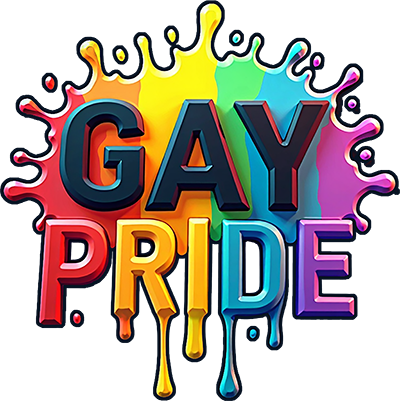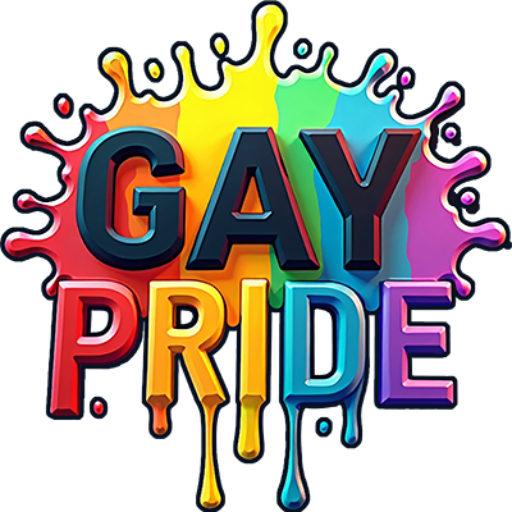Understanding Gender Identity and Expression: A Comprehensive Guide
In today’s evolving world, understanding the nuances of gender identity and expression is more important than ever. As society becomes more inclusive and aware, it’s essential to educate ourselves on these crucial aspects of human identity. Whether you’re just beginning your journey of understanding or seeking to deepen your knowledge, this guide aims to provide clarity and insight.
Table of Contents
1. Introduction to Gender Identity and Expression
2. What is Gender Identity?
3. Exploring Gender Expression
4. The Importance of Respect and Inclusivity
5. FAQs
6. Conclusion
Introduction to Gender Identity and Expression
Gender identity and expression are integral parts of who we are. These concepts influence how we perceive ourselves and how we interact with the world. Yet, despite their importance, there is still widespread misunderstanding and misinformation about them. By exploring these topics, we can foster a more inclusive and understanding society.
What is Gender Identity?
Gender identity refers to a person’s deeply felt sense of being male, female, or something else. This internal sense of self may or may not align with the sex assigned at birth. It’s important to note that gender identity is not related to sexual orientation; rather, it is about who you are, not whom you are attracted to.
For many, gender identity is a straightforward concept, aligning with societal norms of male and female. However, for others, it may be more complex. Some individuals identify as non-binary, genderqueer, or genderfluid, among other identities. These terms reflect the diverse spectrum of gender identities beyond the traditional binary.
Exploring Gender Expression
While gender identity is about how we see ourselves, gender expression is about how we present ourselves to the world. This can include clothing, hairstyles, behavior, and other forms of self-expression.
Gender expression is fluid and can vary greatly from one individual to another. For example, someone who identifies as male might enjoy wearing dresses, while a person identifying as female might prefer a more traditionally masculine style. It’s crucial to respect each person’s unique way of expressing their gender without imposing societal stereotypes.
The Importance of Respect and Inclusivity
Respecting gender identity and expression is essential for fostering an inclusive and supportive environment. Misgendering someone or using incorrect pronouns can be hurtful and invalidating. Therefore, it’s important to ask individuals how they identify and what pronouns they prefer.
Inclusivity also means recognizing and challenging our own biases and assumptions about gender. By educating ourselves and others, we can create spaces that affirm and celebrate all identities.
FAQs
What is the difference between gender identity and sexual orientation?
Gender identity is about who you are, while sexual orientation is about whom you are attracted to. They are separate aspects of a person’s identity.
What are some common gender identities?
Common gender identities include male, female, transgender, non-binary, genderqueer, and genderfluid, among others. Each person may define their identity differently.
How can I be more inclusive in my language?
Use gender-neutral language, ask for people’s pronouns, and respect the terms they use to describe themselves. Avoid assumptions based on appearance.
Conclusion
Understanding gender identity and expression is not just about being politically correct—it’s about recognizing the rich diversity of human experience. By embracing these concepts with curiosity and compassion, we can build a more inclusive world where everyone feels seen and respected. So, let’s continue to learn, grow, and support each other on this journey of understanding. 🌈

